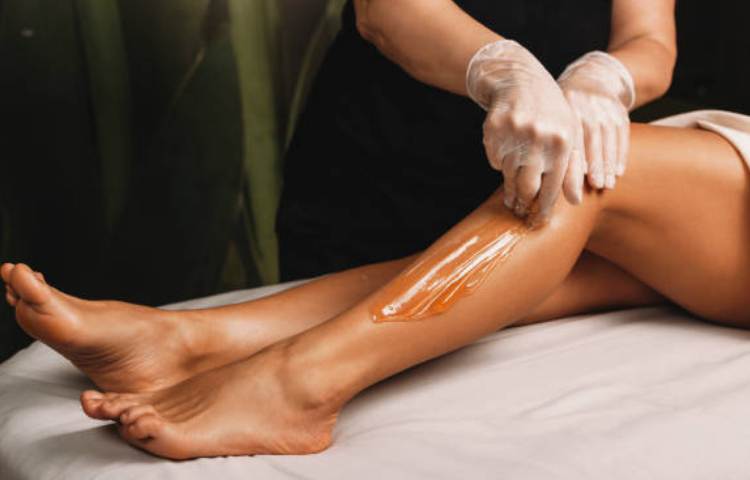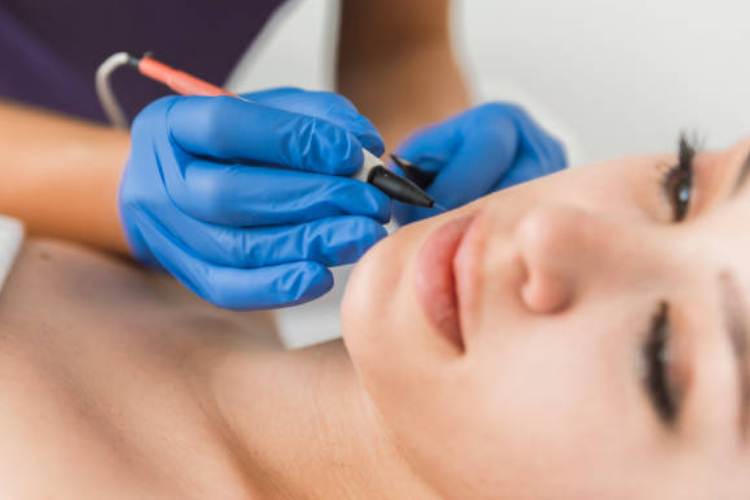
In recent years, various hair removal techniques for thick hair have surged in popularity, especially as hirsutism—a condition characterized by excessive hair growth in women—has become increasingly common. Hirsutism is marked by an abnormal proliferation of hair on the face and body, often stemming from factors such as hormonal imbalances, weight gain, or conditions like Polycystic Ovarian Syndrome (PCOS), along with genetic predispositions. Hair color and density can vary significantly due to factors related to skin tone and ethnicity, resulting in a diverse presentation of hair thickness across different body areas.
Maintaining and removing body hair is a crucial aspect of personal hygiene that should be addressed regularly to mitigate the risk of bacterial growth, which can lead to discomfort such as itching and redness. Currently, there exists a multitude of options for removing thick, dark, and coarse hair. Each method boasts its own merits concerning convenience, frequency of treatment, cost, and effectiveness, but determining the best option can be challenging. Below, we present a detailed overview of the top five hair removal techniques for thick hair that we believe are most effective.
Table of Contents:
Part 1: IPL Treatment
Intense Pulsed Light (IPL) therapy is widely used to address various skin concerns, including wrinkles, spots, and unwanted hair. The side effects associated with IPL treatments for thick hair are typically minimal, often limited to transient skin discoloration, slight bruising, or mild swelling. IPL devices deliver concentrated light beams that target hair follicles, heating them to inhibit further growth and thereby decreasing hair density in the treated area. This method is particularly effective for thick hair, though its results may not be as pronounced for finer hair types.
SUMMER SALE
Discover the most effective IPL device available today.
Part 2: Laser Treatment

Laser hair removal is particularly effective for thick hair. This technique utilizes a specific wavelength of light to target hair pigments, specifically melanin, which leads to the destruction of surrounding tissue and a reduction in hair density, and in some cases, may even result in permanent hair removal.
Part 3: Waxing

Waxing involves the application of a sticky substance that adheres to the skin, pulling out hair when removed swiftly. While waxing can be painful due to the nature of hair extraction, it is favored by many as a semi-permanent solution, with results lasting anywhere from 6 to 8 weeks. Individuals can choose to wax at home or seek professional services at a waxing salon. Regardless, it’s advisable to prepare for the discomfort and consider having a meal before your session.
Part 4: Sugaring

Sugaring functionshair growth
Part 5: Electrolysis

Electrolysis is a precise method for removing thick hair, utilizing heat or chemicals to eliminate hair follicle by follicle. While side effects may include temporary redness in the treated area, this technique can be employed on various body parts. It’s essential to consult with a licensed clinic, where a professional can recommend the most suitable electrolysis technique based on your hair type and skin tone.
Part 6: FAQs
Can Thick Hair Be Permanently Removed?
Yes, it is possible to achieve permanent hair removal for






































